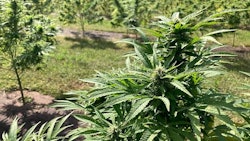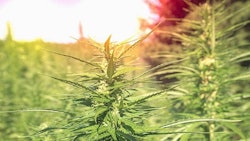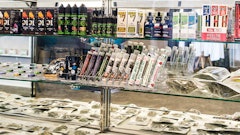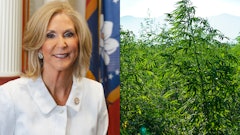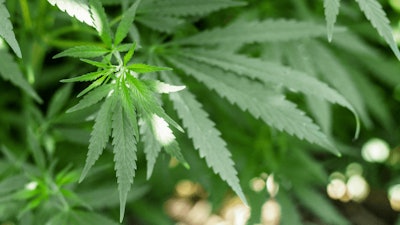
WASHINGTON, October 13, 2021 – PRESS RELEASE – The United States Department of Agriculture National Agricultural Statistics Service (NASS) will mail its first Hemp Acreage and Production Survey to 20,500 producers across the nation beginning Oct. 18. The hemp survey will collect information on the total planted and harvested area, yield, production and value of hemp in the United States.
“This inaugural hemp survey will establish a necessary benchmark and provide critically-needed data for the hemp industry,” said NASS Acting Administrator Kevin Barnes. “The information collected can help inform producers’ decisions about growing, harvesting and selling hemp as well as the type of hemp they decide to produce. The resulting data will also foster greater understanding of the hemp production landscape across regulatory agencies, producers, state and Tribal governments, processors and other key industry entities.”
Survey recipients are asked to respond securely online at agcounts.usda.gov, using the 12-digit survey code mailed with the survey, or to mail completed questionnaires back in the prepaid envelope provided by Oct. 25.
As defined in the Agriculture Improvement Act of 2018 (2018 Farm Bill), the term “hemp” means the plant species Cannabis sativa L. and any part of that plant such as the seeds, all derivatives and extracts, whether growing or not, with a delta-9 tetrahydrocannabinol concentration of not more than 0.3% on a dry weight basis. The Domestic Hemp Production Program established in the 2018 Farm Bill allows for hemp cultivation under certain conditions.
All information reported by individuals will be kept confidential, as required by federal law. NASS will publish the survey results Feb. 17, 2022, on the NASS website and in the NASS Quick Stats searchable database. For more information about the survey, visit the hemp web page. For assistance with the survey, producers can call 888-424-7828.










